
I knew very little about coffee prior to working at New Seasons, though I had always enjoyed drinking it. When the opportunity arose to pick up some hours in the espresso/pastry area of my store I jumped at the chance, eager to learn something I knew very little about. Before working in that department of the store I first had to attend a Barista 101 course taught at the Stumptown Roastery on Southeast Division. There I learned where and how coffee is grown, trade policy, how it is roasted, and lastly, how to make really good coffee. I coveted the training experience I had at the roastery, and after I returned to New Seasons I continued to seek ‘the truth’ from the folks at Stumptown, calling them on the phone any time I had a question about coffee making or thought I could improve upon my existing technique. I became a self-declared ‘coffee snob.’ A month after my initial training I discovered I would only drink coffee that was made by someone who I thought was consciously attempting to make it well, which in effect limited my consumption to that which I made myself, and a small number of coffee shops around the city. The coffee from ‘the other guys’ simply didn’t taste as good. Over time it started to become apparent to me how subtle differences in coffee making technique can completely transform the overall taste of a drink. Important details such as the grind, quality of water used, temperature of the shot glass, and the speed of the pour all must be performed correctly in order to coax the desired flavors and aromas from the bean.
My obsession lasted for months, until the day I accepted a new job within the company that took me out from behind the La Marzocco. As time passed my coffee consumption decreased, I began to relax my exclusive policy of only drinking coffee made by experienced baristas (I even went so far as drinking an iced latte every once in while). I began to reject the notion that everything I drank had to be gourmet, and embraced the fact that I am somebody who obsesses over details, and not everybody feels the same as I do about the importance of good coffee making technique. I know that people can make very tasty coffee without knowing everything about what they are doing. Still, I remain a firm believer in the notion that a good combination of know-how and a little love help to bring out the best qualities in a product.
For example, during our recent travels to
A lover of good coffee, and having never tasted fresh roasted cacao, I bought a pound of each the day we flew back home to
My recipe for the best hot chocolate I have ever had in my life:
3 tablespoon fresh ground cacao
¾ cup hot water (45 seconds post boiling)
½ cup hot milk
1 tablespoon sugar
Brew the cacao in a French Press for 4 minutes (break the crust, or top layer of the grounds after 1 minute to ensure that all the grounds get moist). Pour into your favorite mug, and mix in hot milk (or soy milk), and sugar. Slurp slowly.







































































































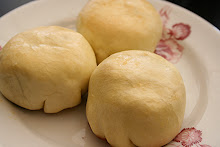









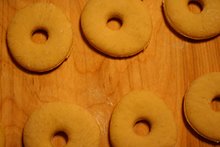






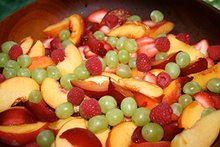

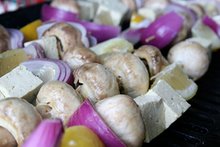



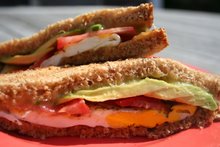

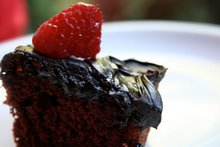

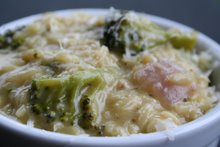
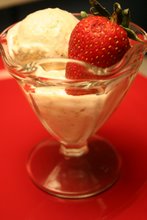
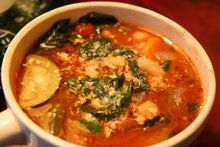


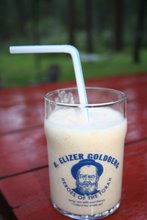
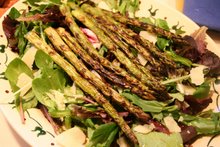
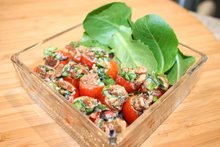



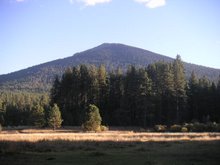

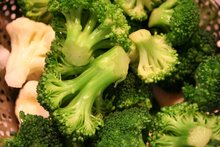

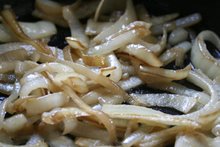

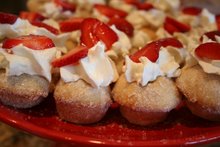

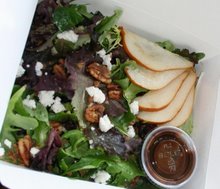


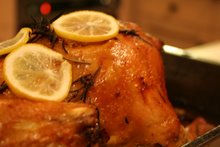



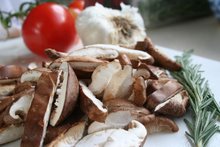
1 comment:
everything looks fantastic.....i'm really impressed with both of you and all the progress you are making.
i dont know how it will compare to your hand ground cacao, but we bought you two a special chocolaty treat in xela. there is this little store called la tienda de hermanas chavez where these two really, really old sisters have been making chocolate from the same recipe since the year 1900. they supply the chocolate for cafe luna (a xela institution and purveyor of the best hot chocolate i've ever had) and i have every reason to believe that they are selling the real deal.
anyways...we got you a few bars to test our this summer. keep up the good work. much love. d
Post a Comment